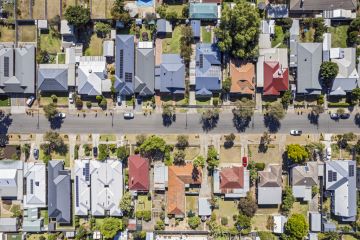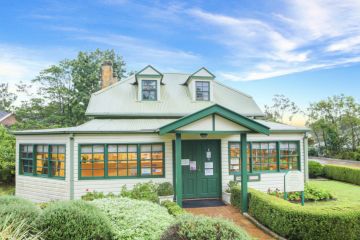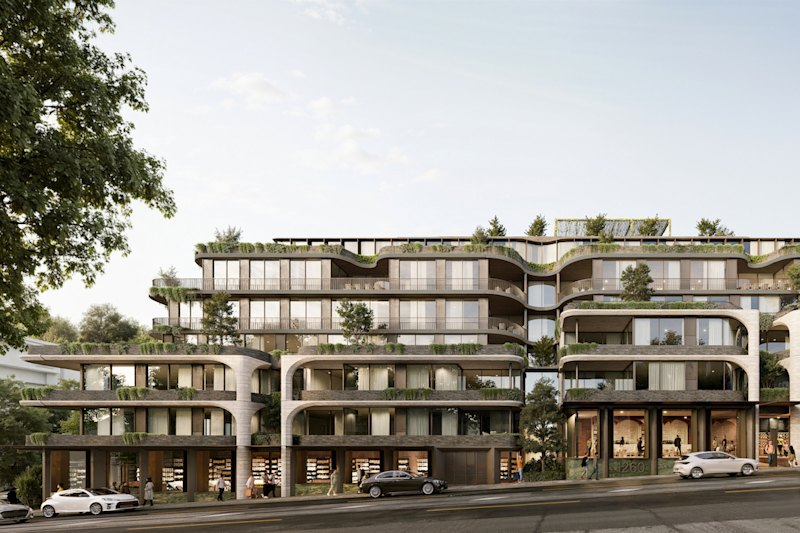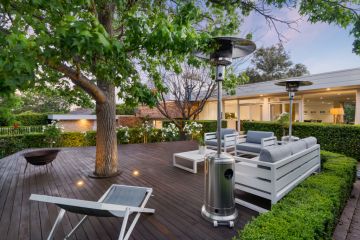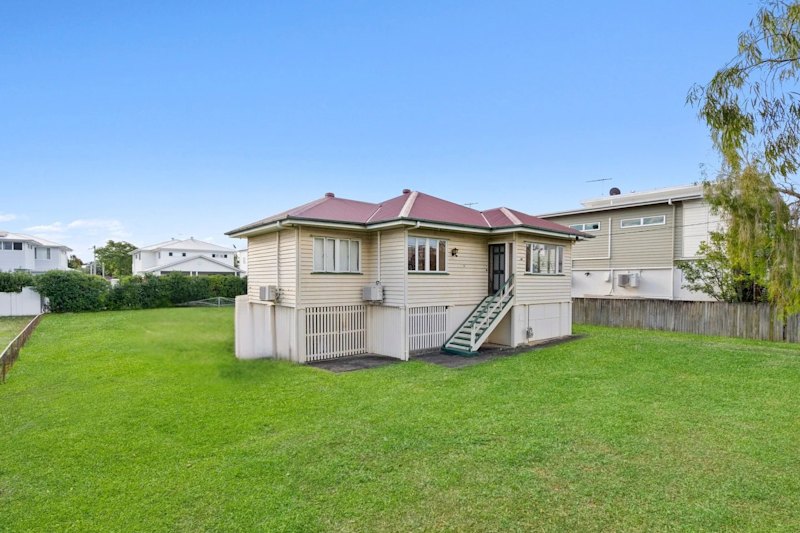In a crisis, does size really matter? The argument for smaller apartments
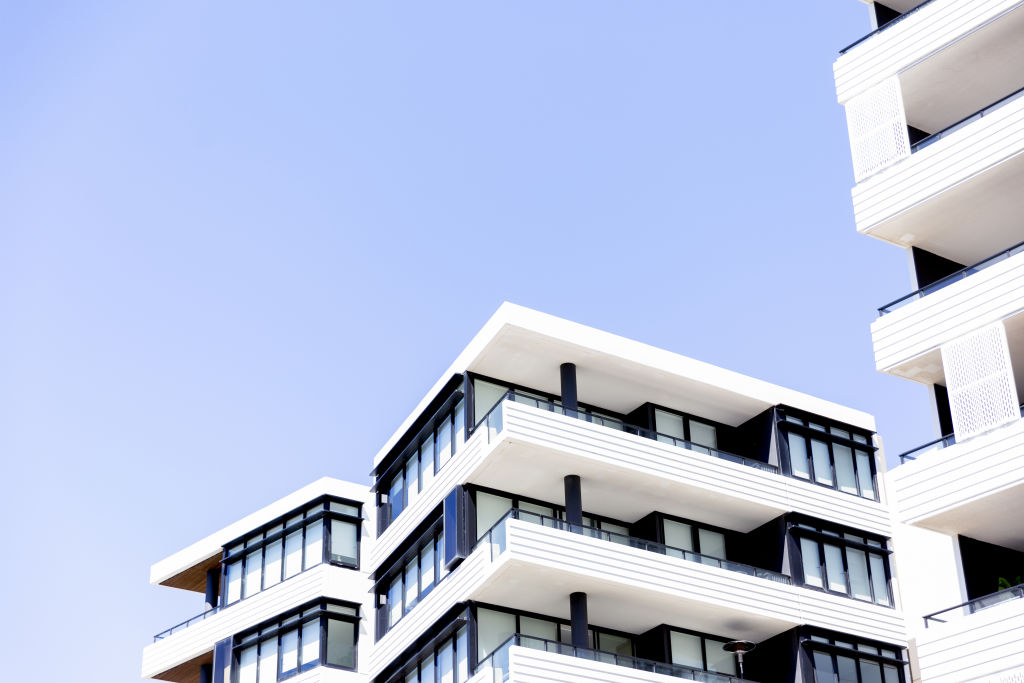
Indulge me, but it’s been one of those weeks. Renters remain locked out of the market with an even grimmer forecast issued of what may be around the corner. Many Australian home owners with swollen mortgages most likely don’t have another hole in the belt to pull in spending further and sellers face a nervous and uncertain time ahead.
Supply is often touted as the answer, and yet, the lack of it seems to be the Achilles heel of our property landscape. Vacancy rates are falling, and homelessness is rising. Migration is on the up while waiting lists for affordable and social housing are buckling.
And, of course, interest rates are, let’s just say, having a moment – making it more challenging than ever to buy a house.
As I’ve said before, this is Australia; are we not better than this? Yes, we are. So, here’s my part blue-sky, part mad-capped and part just old-fashioned desperate ideas to right these inefficiencies. They are a few ways we could increase supply at both ends of the spectrum.
Turn offices, schools and garages into homes
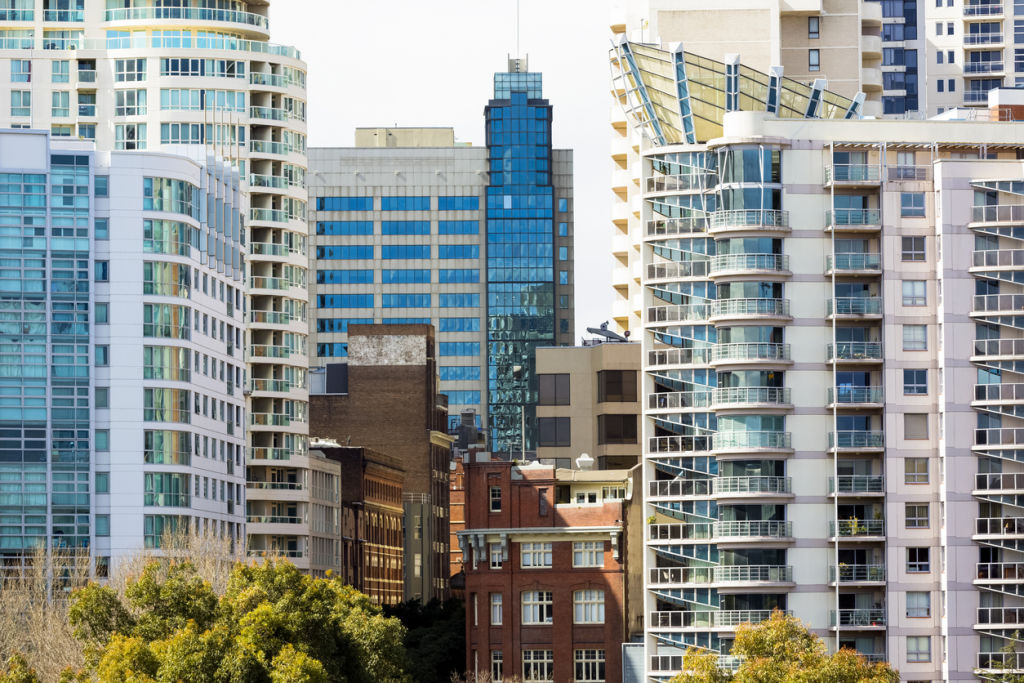
If it’s good enough for New Yorkers and Parisians, why can’t it be good enough for us? Many cities around the world are working to convert disused buildings into housing. Large pre-pandemic office towers, many of which remain almost embarrassingly empty, are being repurposed.
This one in the financial district of New York is the largest of its size currently being undertaken in the US, right on Wall Street. And Paris is “adapting the existing” and aspiring to have 40 per cent affordable housing by 2035. It’s looking at all available buildings, including converting an empty school and even a disused car pound into social and affordable housing.
Does size really matter?
Let’s be frank, our desire to supersize everything has gotten out of control. The Housing Industry Association of Australia has long said that the minimum size standards enforced on apartments is not currently fit for purpose.
It does feel like an antiquated requirement from Victorian times when you consider that in the most recent census, over 115,000 Australians were homeless.
Let’s be inspired by the Japanese and remove minimum limits on apartment sizes if it means we can give more people a bed to rest their head each night.
Bring back the butcher, the baker and the candlestick maker
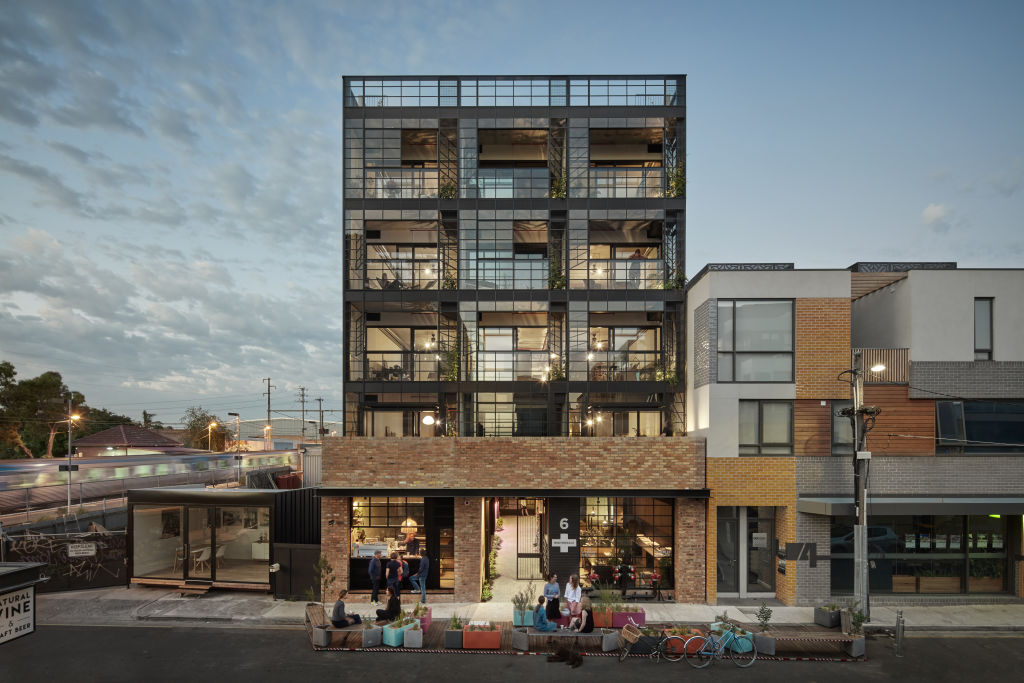
How about a massive system upgrade and we go back to village-style life. Most European cities do not have parking for cars in inner-city buildings. Many of us flock to inner-city, cosmopolitan living because of the appeal of everything being a stone’s throw away, or at least in a walkable vicinity.
Embrace it. Yes, not having provisions for a car means you rely on public transport and a bike path for longer distances, but it’s possible. I lived for over a decade in Paris and New York with three children and no car. No parking spaces in buildings means apartment prices can come down and more space is freed up for communal amenities.
Live like King Charles dreamt
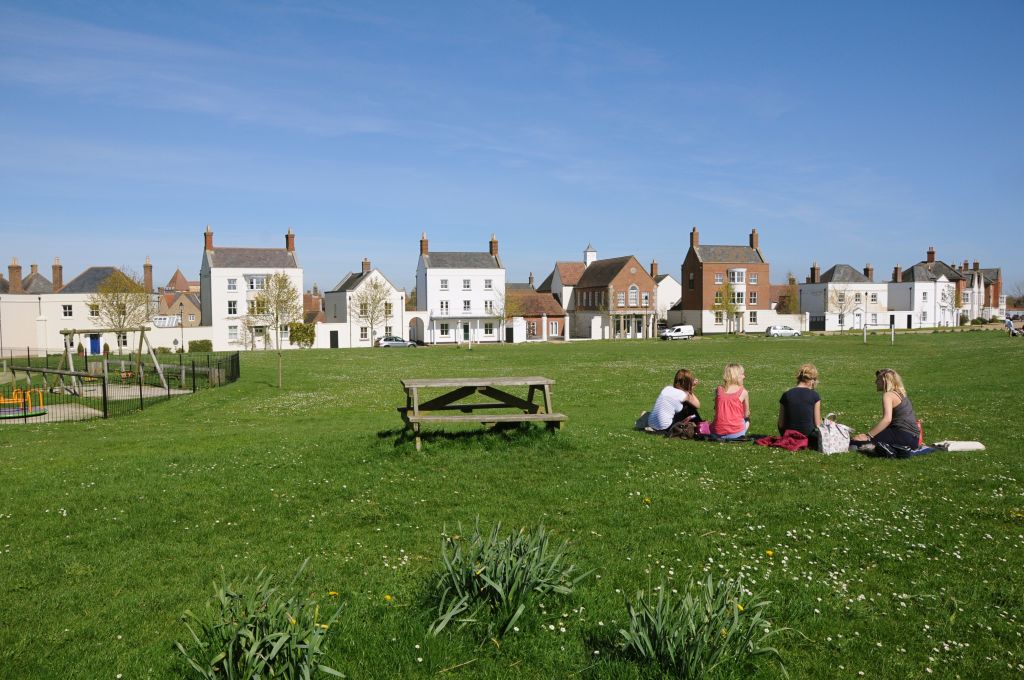
In 1993, the then-Prince of Wales had a dream and donned a hardhat (a metaphoric one expects) and created a new town on some 160 hectares of Duchy of Cornwall land in Dorset, England. Today, Poundbury has become a permanent postcode to over 4500 people and is a thoroughly modern mixed-use development of affordable and private housing.
“When I set out on this venture, I was determined that Poundbury would break the mould of conventional housing development in this country and create an attractive place for people to live, work and play. Many people said that it could never succeed but I am happy to say that the sceptics were wrong and it is now a thriving urban settlement alongside Dorchester,” King Charles III, chortles from the Duchy of Cornwall website (now overseen by the newest Prince of Wales).
If it’s good enough for a king …
An end to ghost towers
In the grips of this rental crisis, the idea that people “buy to leave” property is quite simply, heart breaking. In 2019, tax reform advocates Prosper Australia released a Speculative Vacancies study, an analysis of land and housing that found 69,004 properties were likely to be vacant. Just sitting there – empty. Surely, we could apply a disincentive to doing this to free up more housing stock for people who will actually use it.
Forget NIMBY and embrace YIMBY
I felt so inspired when I read about City of Sydney councillor, Jess Scully who wanted to shift the conversation from NIMBY (not in my backyard) rhetoric and push it along to YIMBYs (yes in my backyard).
If we want change, we cannot keep saying no.
We recommend
States
Capital Cities
Capital Cities - Rentals
Popular Areas
Allhomes
More
/http%3A%2F%2Fprod.static9.net.au%2Ffs%2F98a6768a-4c14-415e-8836-b2a3edb64304)
/http%3A%2F%2Fprod.static9.net.au%2Ffs%2F26596a6d-4f88-4e25-becc-23d86bff9ff4)
/http%3A%2F%2Fprod.static9.net.au%2Ffs%2F37f3f765-e106-4dbd-a3e7-59e702350527)
